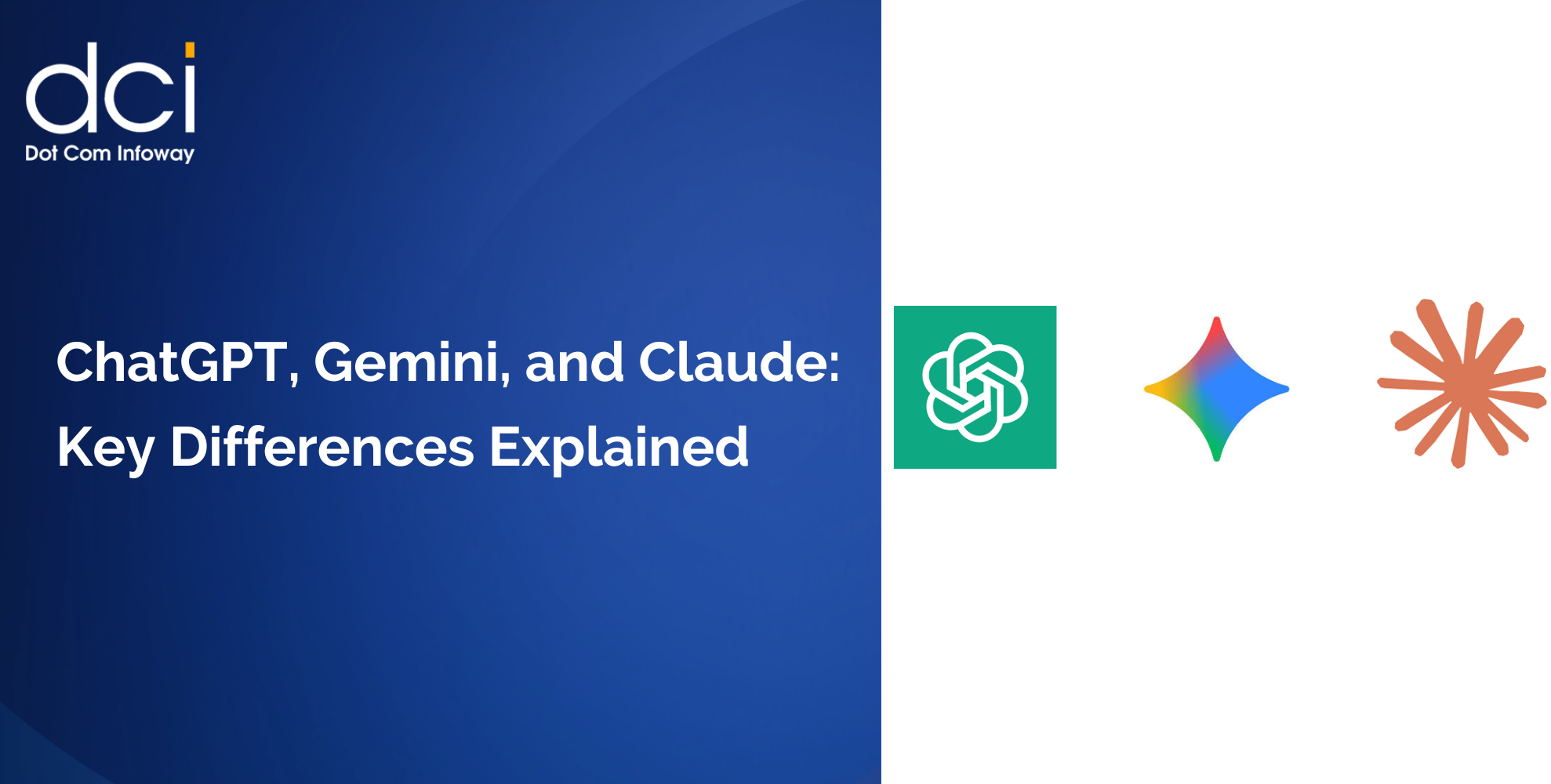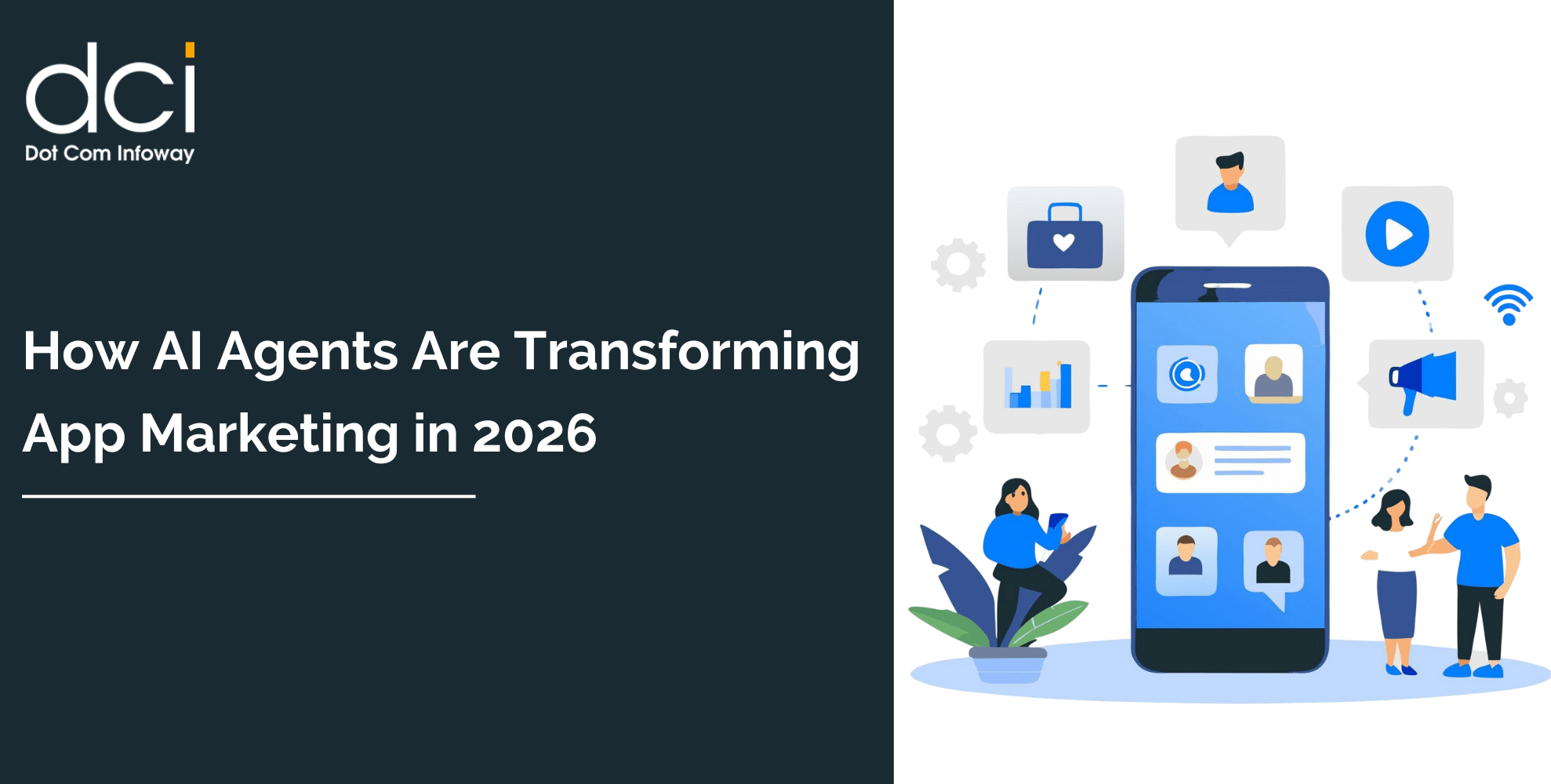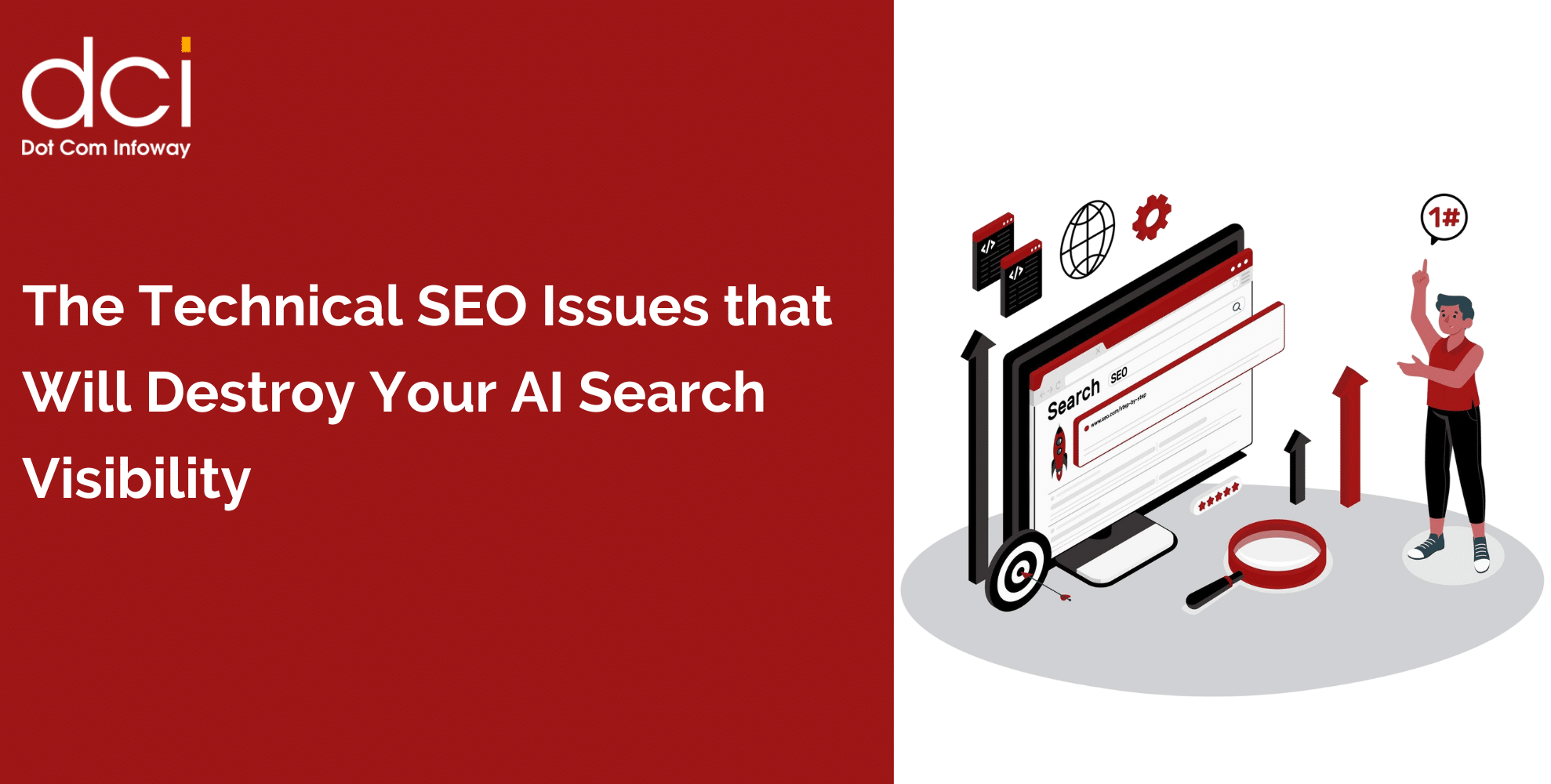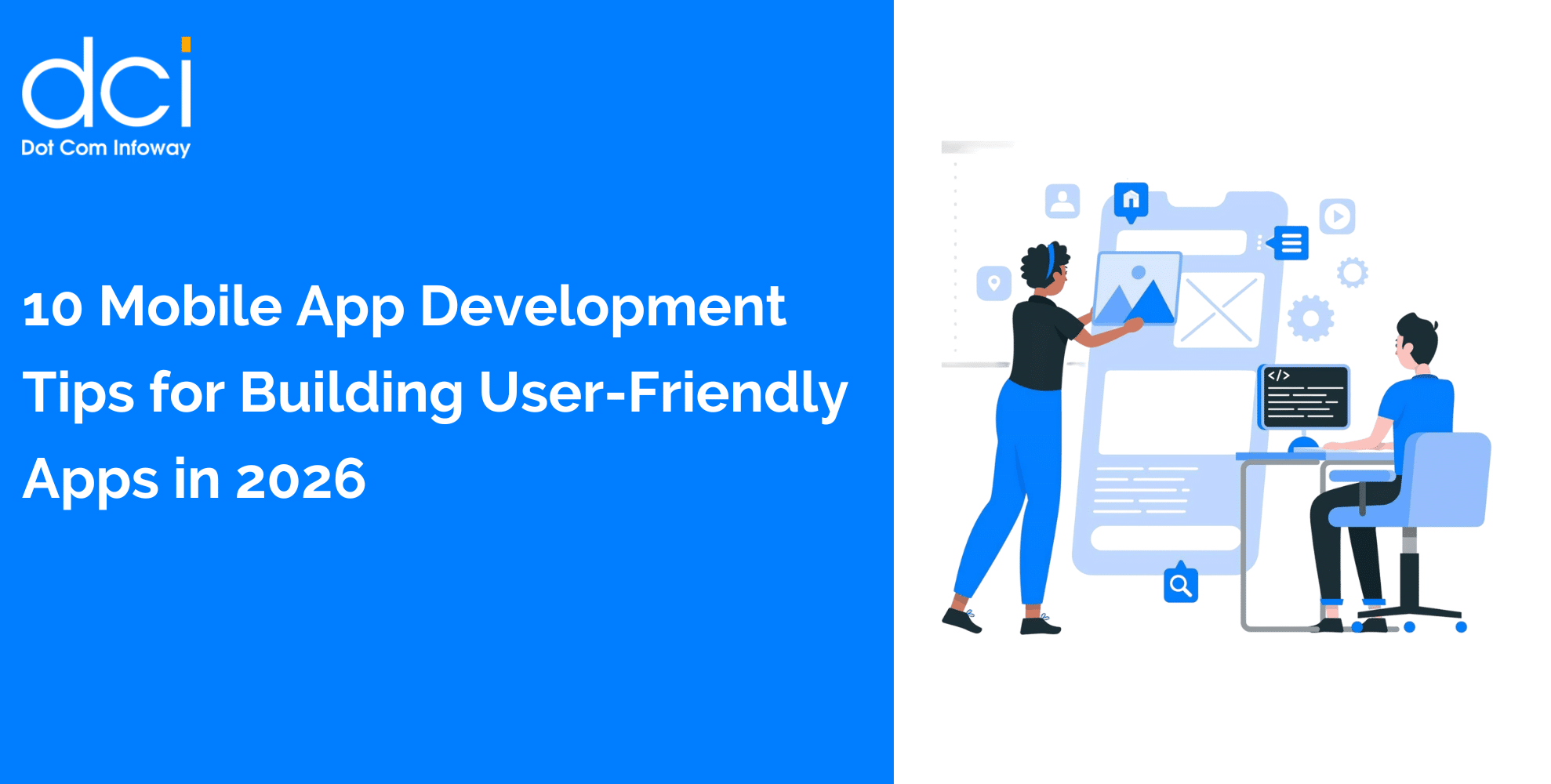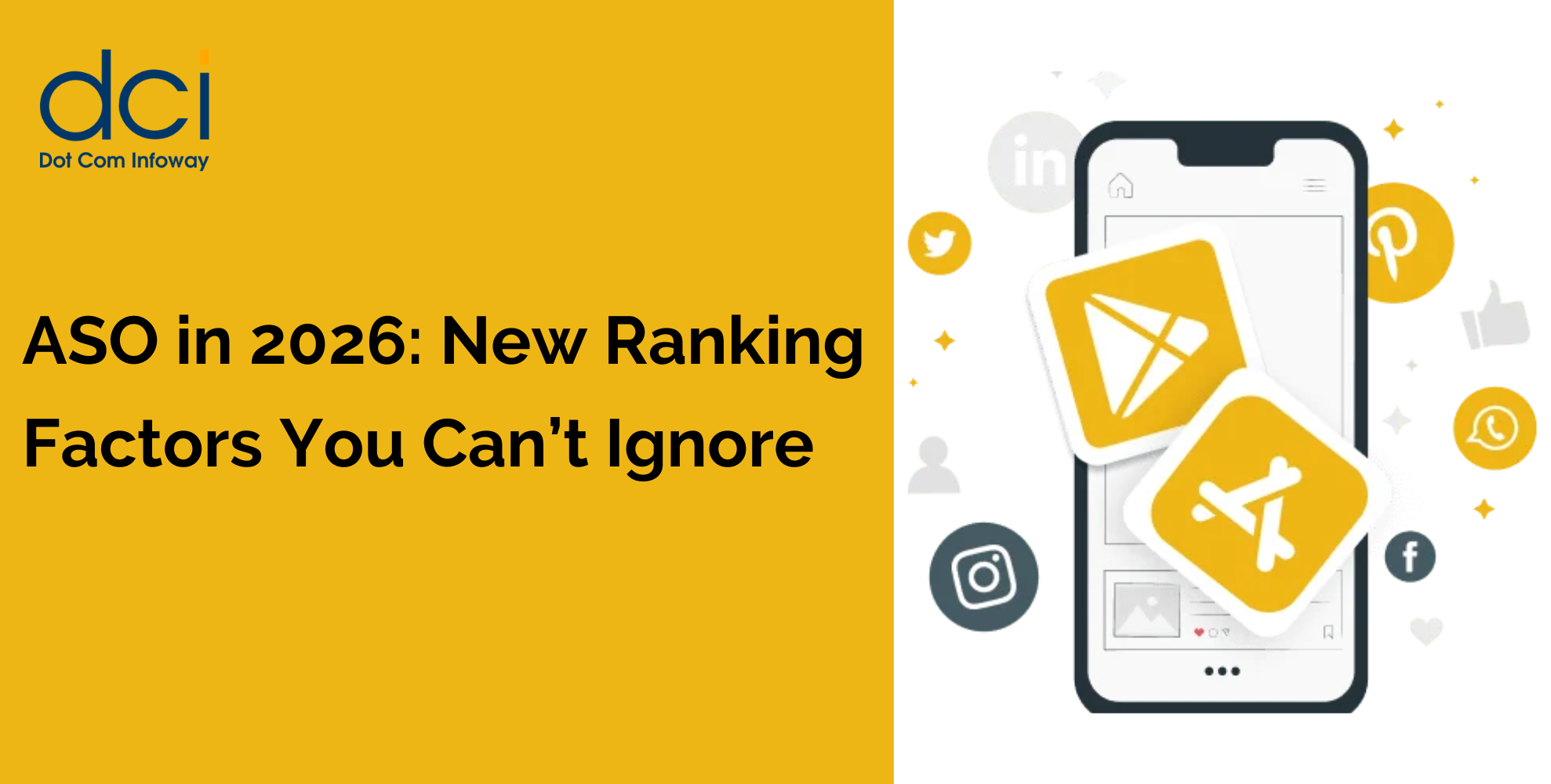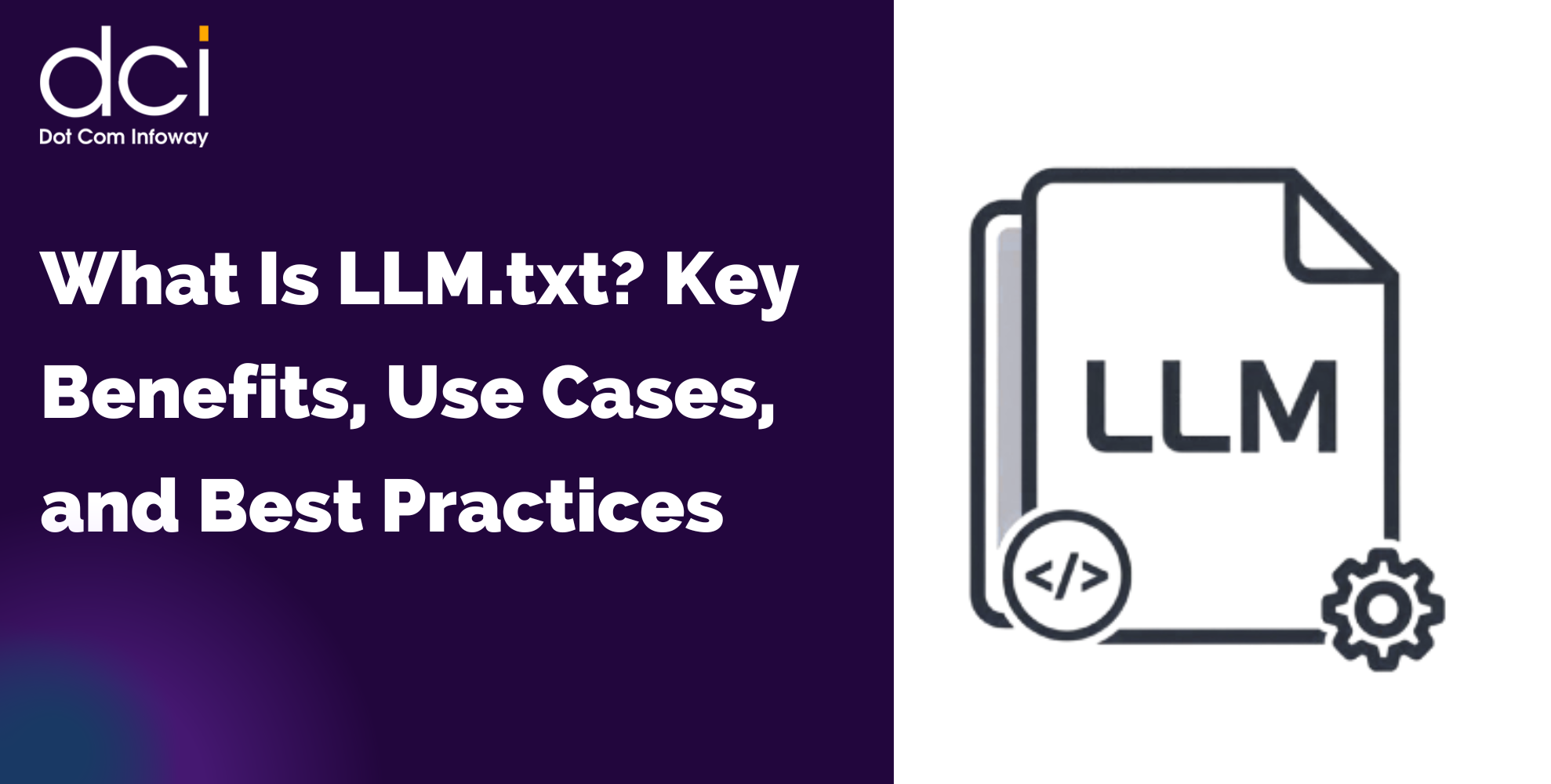What Is AEO and Why Does It Matter Now?
AEO, or Answer Engine Optimization, focuses on tailoring your content so that AI engines choose it as the best response to a user’s query. It’s a shift from just ranking web pages to answering questions directly and succinctly. Unlike traditional SEO, which relies heavily on links and metadata, AEO hinges on context, clarity, and trust.
Why it matters:
- AI is the first stop for millions seeking quick answers.
- Zero-click searches are rising users get what they need without clicking.
- Voice assistants rely on AEO-optimized content for replies.
Top Answer Engines You Must Optimize For
You need to tailor your content for platforms like:
- ChatGPT + Web Browsing: Prioritizes conversational, fact-based answers.
- Google SGE (Search Generative Experience): Synthesizes content in AI-overview boxes.
- Perplexity AI: Aggregates data from multiple credible sources instantly.
- Bing Copilot: Similar to ChatGPT with web-linked summaries.
- You.com: Highlights authoritative content in side-by-side comparisons.
Key AEO Strategies That Actually Work
Understand User Intent: Use tools like Answer The Public or Semrush to map questions users are asking. Your job is to be the best answer to those queries.
Use Schema Markup: Implement FAQ, How-To, and Article schema to make your content machine-readable. Use JSON-LD via plugins like Yoast or RankMath.
Target Conversational Phrases: Use headings that mimic natural questions like “How do I optimize for AI search?” AI loves matching natural queries with clear headers.
Optimize for Featured Answers: Keep answers clear, under 50 words, and rich in detail. AI prefers well-structured bite-sized content.
Leverage E-E-A-T (Experience, Expertise, Authority, Trust): Answer engines promote trusted sources. Include credentials, quotes, and link to reputable domains.
Simplify Content with Flesch Reading Ease: Content should score between 60–70. Use short sentences, active voice, and simple vocabulary.
Use Headings Effectively: Every 300 words, insert a subheading. Keep heading structures clean (H1 > H2 > H3). Yoast can flag poor heading distribution.
Add Internal and External Links: Link contextually to your own pages and to reputable external resources. This helps build credibility.
Real-Life AEO Example: From Ghosted to Featured
Let’s say you run a blog about eco-friendly gardening. You’ve been publishing great content for years, but suddenly, traffic plummets. Why? Your content isn’t showing up in new AI answer engines. Meanwhile, a newer site with clear, concise answers is being cited in Google SGE and ChatGPT.
You rewrite one of your top-performing posts into a Q&A format, add schema markup, improve heading structure, and simplify the language to increase Flesch Reading Ease. Within weeks, Perplexity and SGE begin pulling your answer as a trusted result. Bounce rates drop. Engagement climbs.
Moral of the story? AEO isn’t just theory it’s performance. Fast, practical, and measurable.
What’s the Future of AEO?
We’re entering a world where search engines become answer engines, and answer engines become decision engines. That means your content won’t just inform—it’ll influence actions.
Future AEO will likely include:
- Interactive answers (quizzes, tools, dynamic charts)
- AI-specific markup languages (like OpenAI plugins or Anthropic data cards)
- Real-time updates (content that evolves with news/data)
- Hyper-personalized content based on user behavior
Brands that embrace this now will dominate search later.

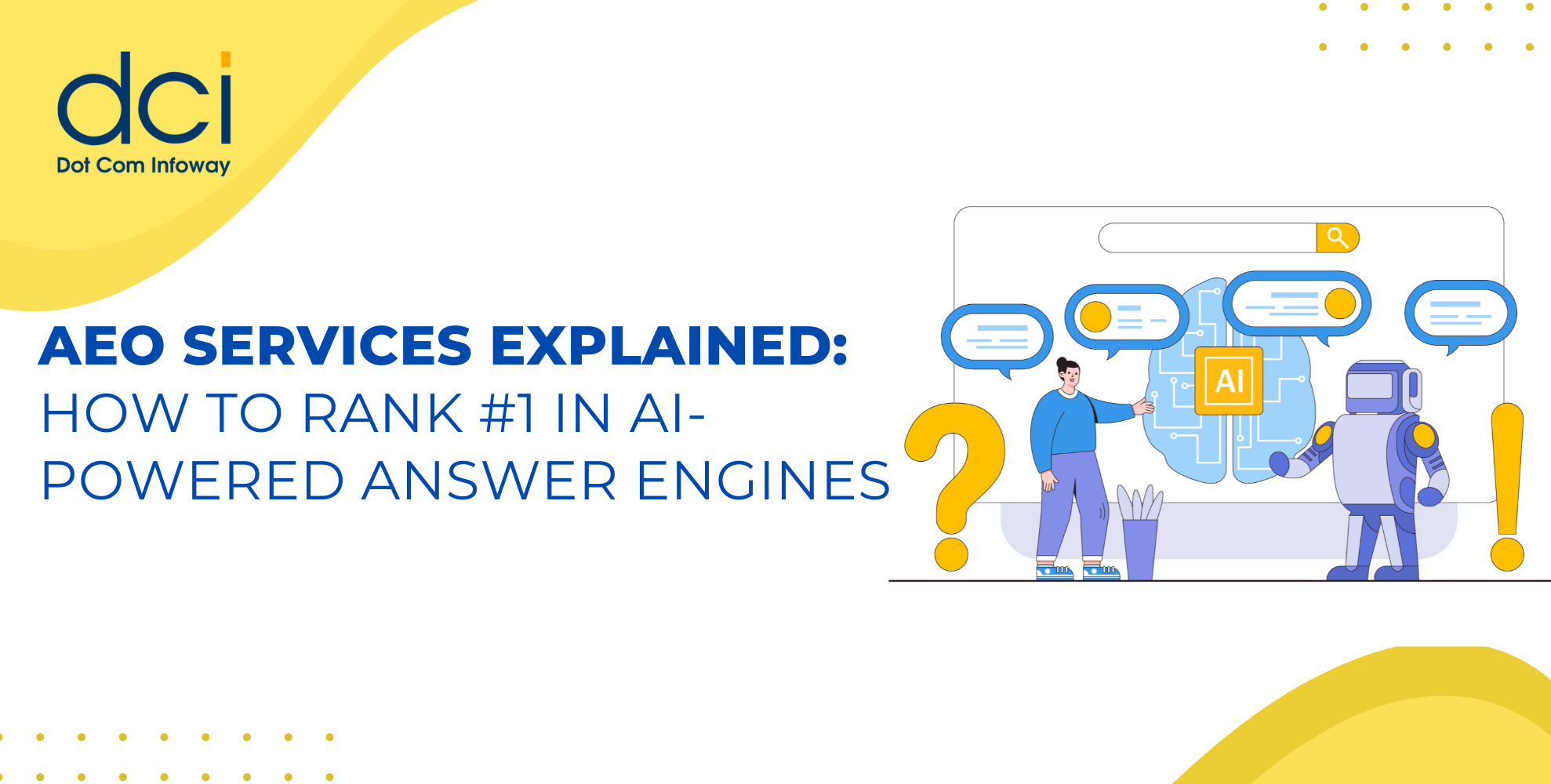

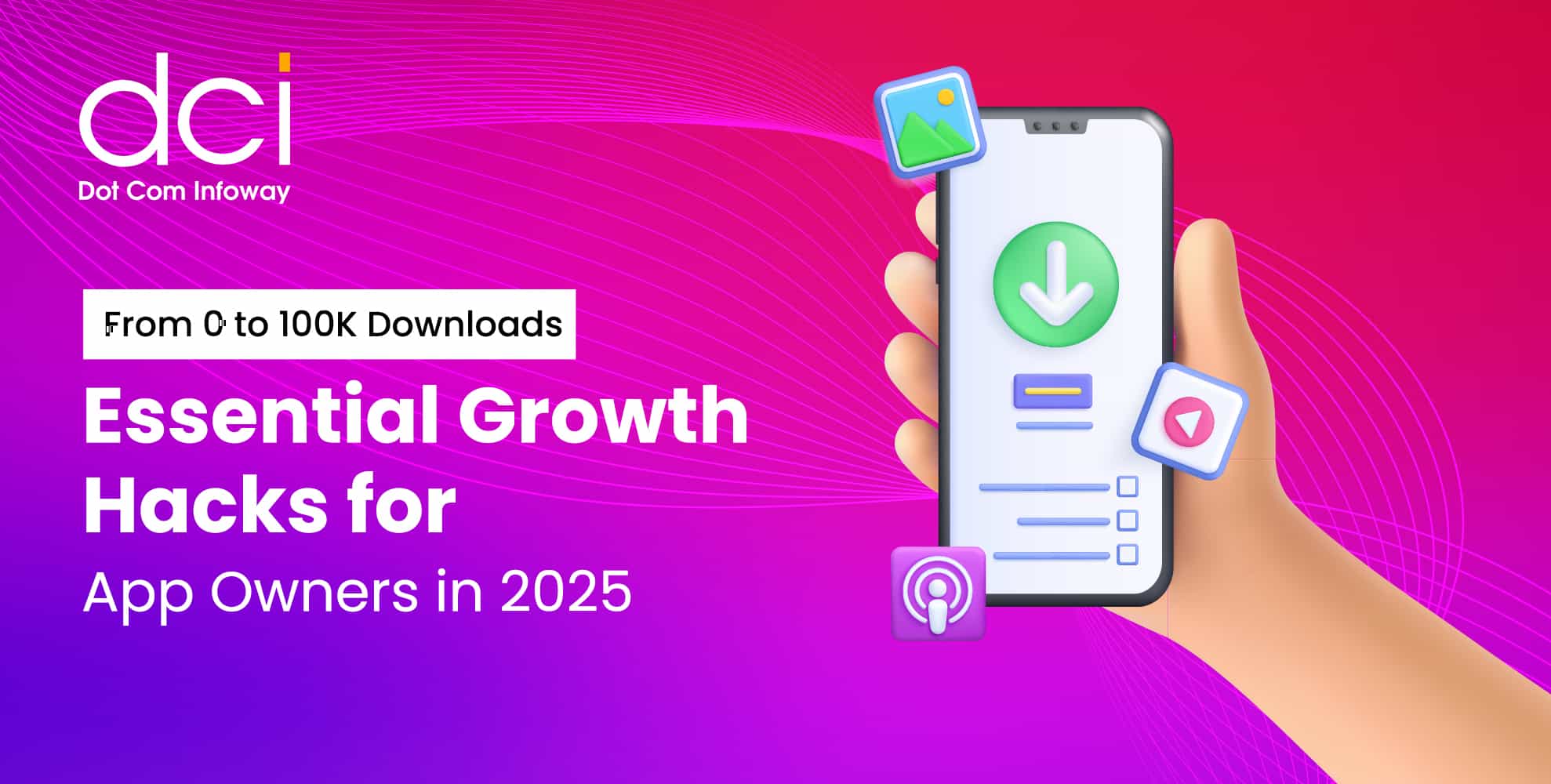

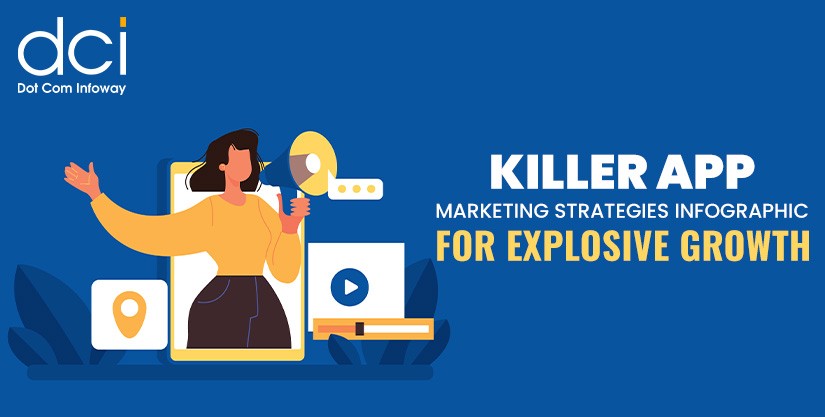

![The Game Marketing Guide: Pre and Post-Launch Strategies [Infographic]](https://www.dotcominfoway.com/wp-content/uploads/2023/09/DCI-Game-Marketing-blog-1.jpg)

